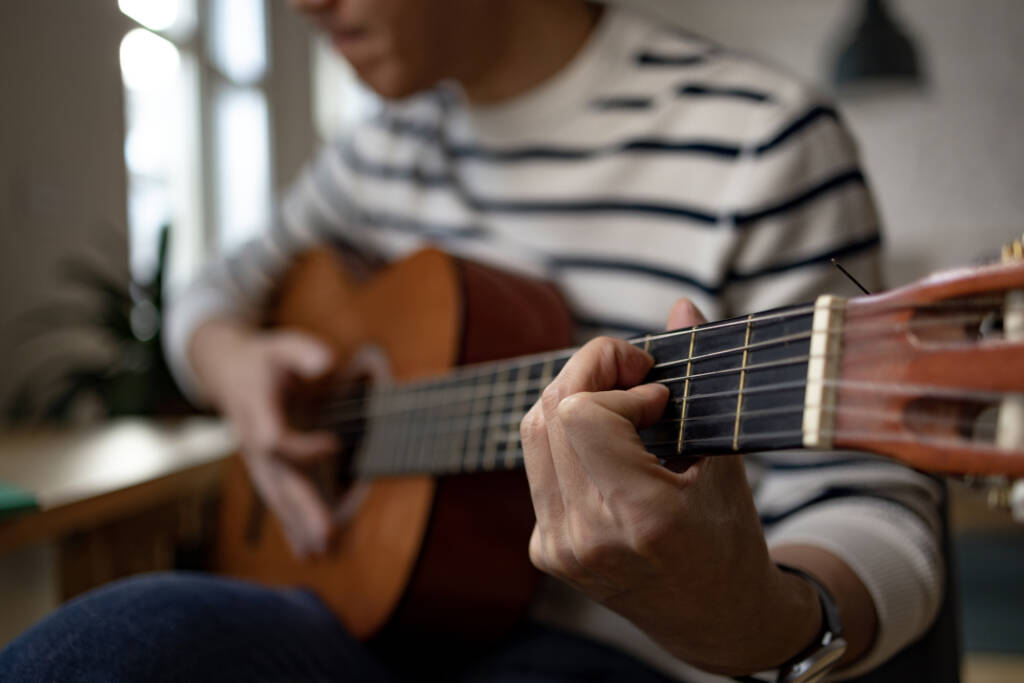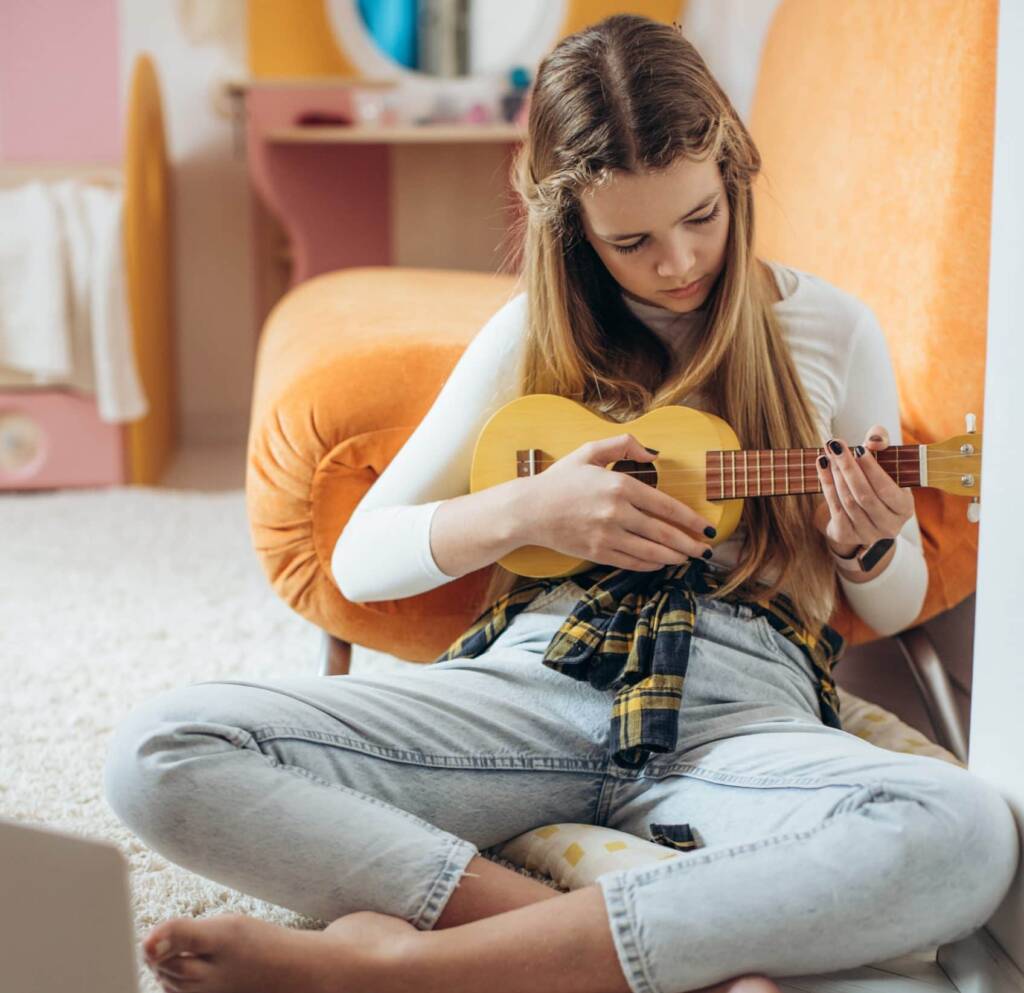
Middle School Piano 1a

Welcome to Piano 1! Whether you love music, want to play piano or keyboard for your family and friends, or desire to be a music star, this course is a great place to start. No prior music experience is needed. You will learn the fundamentals of music and the basic skills necessary to play a wide variety of music styles. Your teaching guide, Analine, will take you through each step of this journey towards becoming a skilled pianist and musician. This course can be used as a performing/fine arts credit to meet the fine art requirement for high school graduation. Let’s get started!
Major Topics and Concepts
Module 01 Let’s Play Piano!
After completing this module, you will be able to:
- Define and recognize the basic elements of music: beat, rhythm, meter, pitch, dynamics, duration, and timbre.
- Understand the relationship between time and sound in music.
- Differentiate between melody and harmony in music.
- Differentiate between the basic types of pianos and keyboards.
- Demonstrate proper posture when sitting at the piano or keyboard.
- Identify finger numbers.
- Differentiate between up and down on the keyboard.
- Differentiate between the groups of black keys on the keyboard.
- Use proper posture and hand placement at the keyboard.
- Perform a piece with audio accompaniment.
- Improvise a blues melody with audio accompaniment.
- Identify important information about two famous musicians.
- Demonstrate how to play music using a variety of dynamics.
- Perform a piece of music using the black keys.
- Apply the Five Practice Principles.
- Implement proper practice techniques.
- Identify and play different types of notes and rhythms.
- Perform a piece of music using groups of two and three black keys.Module 02 Melodies and More
After completing this module, you will be able to: - Establish an appropriate practice area.
- Apply the Five Practice Principles.
- Demonstrate how to play music using a variety of dynamics.
- Perform a piece of music using the black keys.
- Perform a piece of traditional music using the black keys.
- Understand how copyright laws protect your music.
- Explore ways that music concerts contribute to a community.
- Identify and play different types of notes and rhythms.Module 03 Playing in Time
After completing this module, you will be able to: - Describe the grouping of beats into measures.
- Understand the use of time signatures in music.
- Read and play rhythm studies in 2/4, 3/4, and 4/4 time.
- Describe the history of folk music.
- Read and play a piece of folk music in 4/4 time.
- Play a piece of music using note and rest values.
- Identify basic rest values in music.
- Play a piece of music using note and rest values.
- Identify the meter of a piece of music by listening.
- Describe how changes in meter can affect the listener’s response to music.Module 04 Building Your Keyboard Skills
After completing this module, you will be able to: - Describe the musical alphabet used to name keys on the keyboard.
- Name each white key as you play up and down the keyboard.
- Play music using white keys up and down the keyboard.
- Use correct right and left-hand fingers while playing.
- Read and play a melody using the white keys.
- Analyze your performance of a melody.
Course Materials
You will need a functioning keyboard instrument (acoustic or electronic) and a way to record and submit a video performance to your instructor. Common types of acoustic keyboard instruments include upright pianos and grand pianos. The sound is produced by hammers striking the strings, which happens whenever you press a key. The keys on acoustic pianos are touch-sensitive so that when you press the keys lightly, you produce a soft sound, and when you press the keys heavily, you produce a louder sound. Standard-size pianos have 88 keys, but the number of keys may vary from piano to piano. Acoustic pianos may require occasional tuning by a piano technician. Common types of electronic keyboard instruments include digital pianos and electric keyboards. A digital piano is designed to feel—and sound like—an acoustic piano, having the same number of touch-sensitive keys. An electric keyboard may or may not have touch-sensitive keys and usually has fewer keys and more sound effects than a digital piano.
Competencies
Piano Playing Fundamentals
Students will demonstrate an understanding of piano playing fundamentals by describing elements of music, describing the keyboard, explaining steps to play the keyboard, and describing famous musicians.
Melodies in Music
Students will demonstrate an understanding of melodies in music by describing practice skills, explaining music dynamics, and explaining fundamental rhythms.
Music on the Piano
Students will demonstrate an understanding of music on the piano by explaining timing in music, describing folk music, explaining the rest, and describing music responses.
Keyboard Skills
Students will demonstrate an understanding of keyboard skills by describing the musical alphabet, explaining the white keys, and describing steps to play music with both hands.

